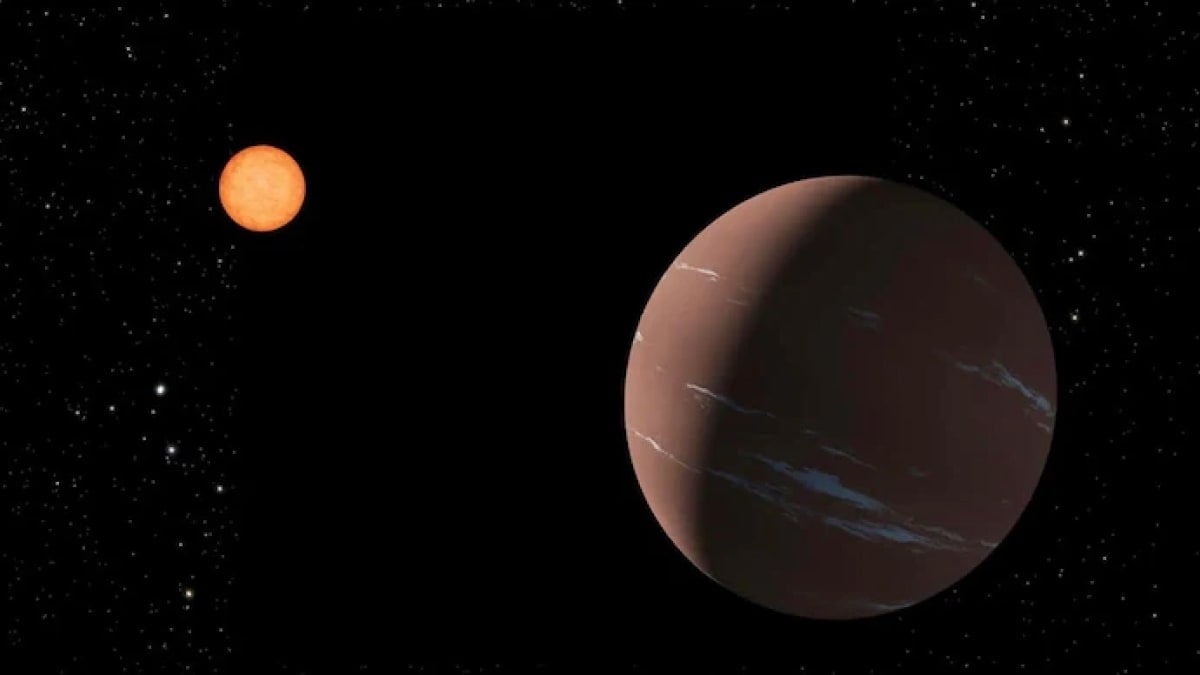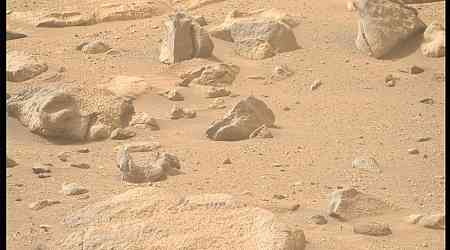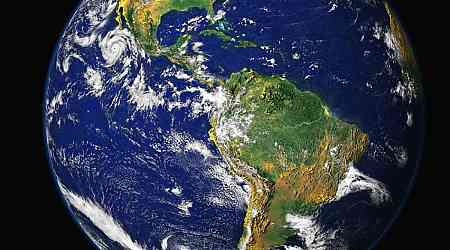Indian scientists have discovered an exoplanet named TOI-6651b, a large and dense planet orbiting a Sun-like star. The exoplanet has a mass roughly 60 times that of Earth and is about five times larger in radius, setting it apart from most planets of similar size. This finding marks the fourth exoplanet discovery by India's Physical Research Laboratory (PRL), underlining India's ongoing research in space sciences.
Location and Orbital Characteristics
TOI-6651b is located in a region known as the “Neptunian desert,” an area where few planets of its mass are found. The exoplanet orbits its host star in just over five days, making its "year" only a fraction of an Earth month. Its path around the star is slightly elliptical, adding to its distinct features when compared to other gas giants. The star TOI-6651, a G-type sub-giant, is slightly larger and warmer than our Sun, with a surface temperature close to 5940 K.
Composition and Structure
Using the advanced PARAS-2 spectrograph, PRL researchers have detailed the planet's composition. About 87% of TOI-6651b's mass consists of rocky, iron-rich materials, with a lighter outer layer of hydrogen and helium. The planet's high density suggests that it may have undergone unusual evolutionary processes, such as tidal heating or atmospheric loss. These insights offer researchers an opportunity to study planet formation in greater detail, particularly for massive planets with dense compositions.
Implications for Planetary Research
The discovery of TOI-6651b adds valuable data to ongoing studies of planetary formation and system dynamics. With continued observation, scientists hope to gain new insights into the characteristics that define planets in the Neptunian desert, contributing to a deeper understanding of planetary evolution across different environment
































